Black Movements: Where Are They Now
A look at the big ideas that have brought Blacks together.




Next Gallery
Where Are They Now: The Cast of In Living Color
13 Photos
1 / 17
Black Movements: Where Are They Now - From “We Shall Overcome" to "Black Power," BET.com looks at the big ideas that have brought Blacks together. (Photo: National Archive/Newsmakers)
ADVERTISEMENT